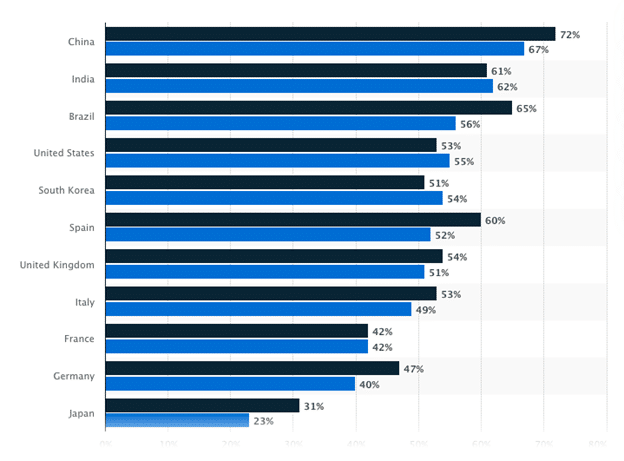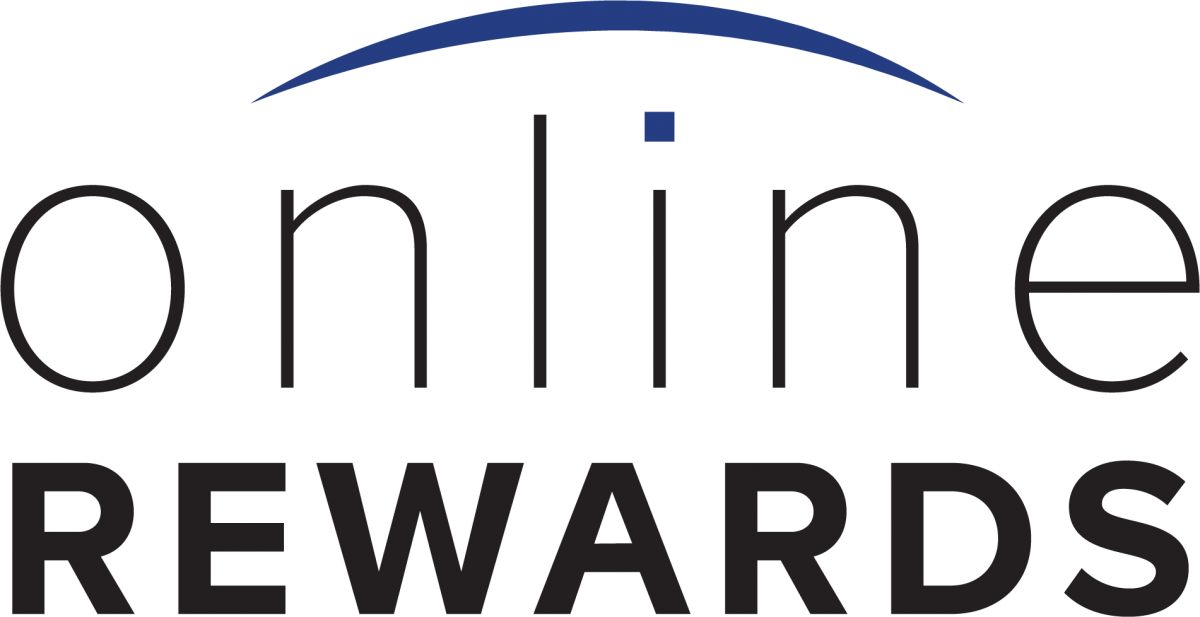9 Best Practices for Setting a B2B Loyalty Program

According to the Forrester forecasts, US B2B e-commerce is expected to reach a turnover of up to $1.8 trillion by 2023. This will constitute about 17% of all B2B sales.
Statistics obtained during the COVID-19 pandemic has shown that companies operating in B2B markets could successfully engage new customers and operate online. Other forms of transactions are also easily transferred to the online environment.

Percentage of companies utilizing online sales channels in B2B, pre-pandemic vs. pandemic
The comparative ease of finding new partners and suppliers online makes loyalty programs essential. According to Fundera, investing in meaningful activities that improve customer loyalty ensures repetitive purchases from up to 43% of your clients. After all, your chances of successful new customer acquisitions fall between 5-20% compared to a 60%-70% chance of selling to loyal customers. Additionally, more than half of customers select brands based on loyalty programs companies have to offer.
Therefore, creating an effective and engaging B2B loyalty program that produces a decent ROI is crucial for the survival of a business. In that regard, we invite you to consider nine best practices that will help you improve your current program or create a well-performing one from scratch.
1) Choose a point-based B2B loyalty program platform
Point-based programs are proven to be very effective, and in particular, they:
- Make it easier to motivate your clients and partners.
- Allow a high degree of transparency.
However, it is essential to take into account the specifics of the B2B sphere and avoid deploying a common logic of B2C loyalty programs, which are typically designed for frequent, lower-value purchases.
In the B2C sphere, customers operate with their personal budgets, while in B2B, dedicated budgets are often controlled by several officers or even departments. Benefits offered by the loyalty program designed for the B2B sphere should be attractive to client/partner representatives and also be beneficial for the organization.
Keeping this in mind will help you offer a more balanced and attractive incentive platform.
2) Use a tiered structure for your rewards and incentive platform
By designing a program that offers tiered rewards and exclusive incentives, you increase the chance of consumers joining by 56%! The tiers will ignite engagement right from the start due to their very nature being similar to a game. For instance, your clients can see they are on the Xth tier. To get to tier Y, they’d need to gain a certain number of points. This kind of gamification proves highly effective and motivating.
To boost sign-ups, you can offer a basic membership reward. Subsequently, the value and volume of incentives will depend on the transactions. For example, an equipment manufacturer can reward sales transactions of its distributors with points. The more points they gain, the higher the buyers will progress.
To keep counterparties “within the orbit,” companies should offer additional benefits with each successive tier, such as better pricing or a wider choice of incentives. Offering something extra for those working with a company for a long time is beneficial too. You can also add an element of intermittent reinforcement to your program by offering some useful (online) events and conducting prize draws for all your counterparties or representatives from a certain tier only.
3) Determine the optimal value of a point in your B2B loyalty program
Before the loyalty program can go live, you must determine the value of that point. Consider the following steps:
- What’s your company’s margin contribution, i.e., percentage of the sales price, going to be?
- How will you assess the effort-to-advantage ratio for a reward? Effort-to-advantage ratio refers to the effort a program participant must exert to earn a specific number of points. The two should be equal and fair to the participant for the program to work.
- Have you assessed your competitors’ loyalty programs? More generously rewarding programs can steal customers from you.
- Where does your base point stand? Not using conservative estimates initially may undermine program ROI. Multiply those points at a later stage if you have a budget available.
- Did you run an estimation model using sales and performance data – past and forecast? This step will confirm whether the initial estimates are going to drive the desired ROI or not.
4) Points should not expire
Unlike B2C programs, in B2B loyalty programs, blackout periods can be counterproductive to the overall goal. Points that expire on a business client just as they’re about to use them will keep you from achieving your objective, i.e., building fences around your existing clients.

5) Make sure earning or redeeming points is not hard
A high-functioning point-based program means offering seamless and effortless enjoyment to the participants who have been working towards obtaining a certain number of points. For instance, sending an email should be enough for them to begin a dialogue with your program manager. Referrals, sign-ups, purchases, and other ways of engagement should all count towards gaining more points. Redeeming the points they have amassed should also be easy to achieve.
6) Offer referral rewards
Reward and retain customers by embedding referrals-based incentives in your loyalty program. Usually, the more people they can get to sign up for your program, the more bonuses they should receive. Allow newly-referred customers to be eligible for this bonus too for a win-win situation.
For example, a SaaS service provider will see an increase in the number of invites in exchange for extra user capacity on the business apps in the cloud. They can retain the newly-referred user by offering them extended packages.
7) Take time to onboard your clients
Program engagement is likely to increase if the first experience people have with your company is positive. Your counterparts will view all subsequent interactions in the light of the initial experience. Therefore, ensure every stage of onboarding – from marketing efforts to later interactions – is well-thought-out and carried out.
Program participants should have an opportunity to learn about all of the opportunities available within the program quickly and conveniently. You also want to make sure that platform usability, accessibility, and user support are the best-in-class.
8) Pay attention to the experience
B2B counterparties expect high levels of convenience and personalization they are accustomed to from customers at B2C markets. Most modern rewards & incentive platforms rely on the latest e-commerce technologies that enable functions like:
- 24/7 platform access
- Customizable product catalogs and price-lists
- Convenient self-service options
- Comprehensive live support
A well-structured loyalty program also ensures complete visibility into participant data through CRM integration. This allows loyalty program managers to make profitable decisions based on the importance of a particular counterparty.
9) Keep up with trends
It is important to keep up with the latest trends, customer expectations, propositions offered by competitors, and technological advances. Utilizing modern technical solutions and cooperating with experts specializing in B2B loyalty could save the company time and money, and secure program success.
To sum up
Sound loyalty management helps build strong business relationships. The current complexity of the business environment and evolving demands of counterparties makes it nearly impossible to succeed without a full-scale platform for managing all aspects of B2B loyalty.
At Online Rewards, we offer world-class software paired with expertise and proven program mechanics that deliver the best outcomes for our clients. If you want to know how we could serve your business specific needs, please fill out the contact form or contact us in any way that is convenient for you.

Frequently Asked Questions
What is a referral program?
A process that lets brands and businesses prime and reward their customers when they spread the word about their products or services.
What are the top channel partner support measures during COVID-19?
Consider your partners as direct extensions of your brand and provide them with the appropriate support. For effective and sustainable channel programs, you’ll need good partners. Those partners will require support on three fronts: sales, marketing, and enablement to remain functional.
POSTED
SHARE
SUBSCRIBE TO OUR NEWSLETTER
Online Rewards is a highly versatile and powerful incentive and loyalty marketing solutions provider. Since its formation in 2002, Online Rewards has designed, developed, and supported global rewards and incentives programs across a variety of industries and applications.
For more information, visit www.online-rewards.com
TALK WITH AN ONLINE REWARDS EXPERT
Interested in seeing how Online Rewards can help take your customer loyalty and reward fulfillment to the next level? Complete the form to schedule a tour with an expert for a quick and comprehensive overview of our platform.

